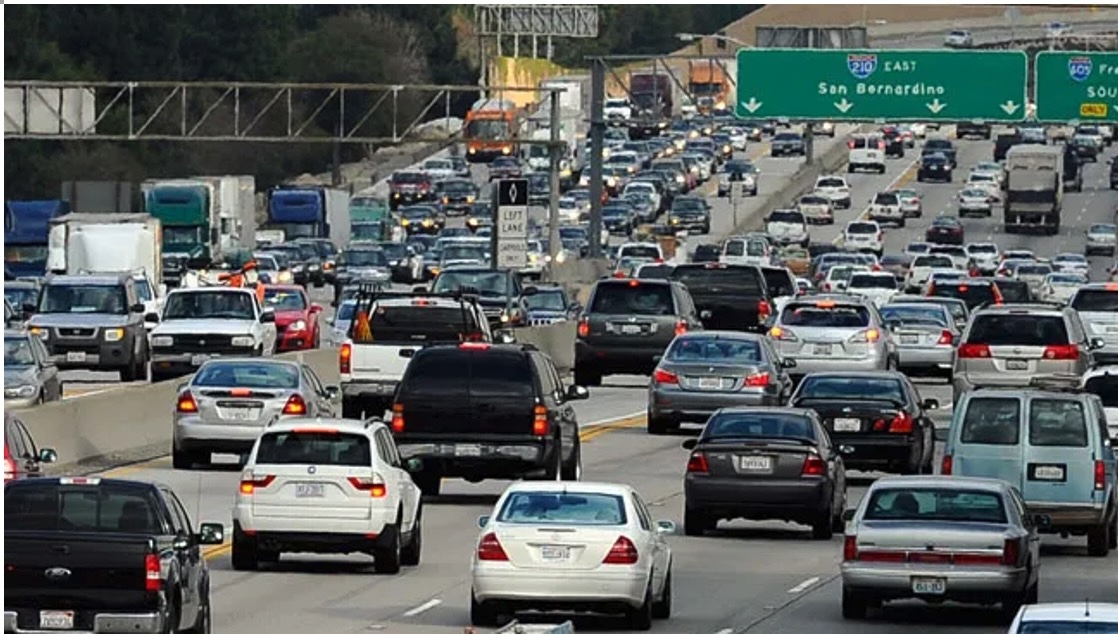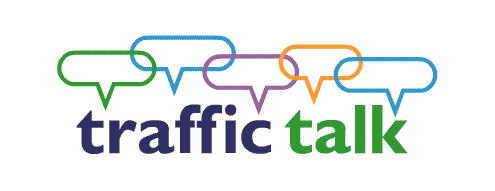Los Angeles Traffic Data Analysis Reveals Congestion Problems

Los Angeles drivers spend over 100 hours a year stuck in traffic, according to a new study by transportation data firm INRIX. The city is also one of the most congested cities in the world.
The data comes from sensors in 17,000 street locations, as well as bus transmitters. Computer science students at the USC Viterbi School’s IMSC integrated media systems center cleaned, organized and analyzed it.
Data points
A traffic data analysis only works as well as the data itself. The information needs to be collected in a consistent manner and it must be standardized, filtered, and cleaned to provide meaningful insights. It also needs to be anonymized to comply with privacy regulations.
The data that Inrix collects includes automated and manual traffic count summaries from LADOT. The counts are typically 6-hr counts that have been expanded using a conversion factor. The summaries include location, count date, AM Peak, PM Peak and 24-hour ADT.
Adams emphasized that in the future, connected cars will be able to transmit real-time traffic data to infrastructure sensors. This would be a significant improvement, as LA – a city that performs only about 6,000 annual traffic counts – could turn every vehicle into a sensor with no logistical problems or costs. Traffic analysis methods such as Koopman modes can uncover complex spatiotemporal wave structures hidden within traffic velocity data.
East-bound traffic to Palm Springs
Palm Springs is approximately 107 miles from Los Angeles, which means it’s a two-hour drive on Interstate 10. This is why traffic can become quite congested around the time that many Los Angeles residents make the trip.
The data is based on automated and manual traffic counts. Manual counts are 6-hr count reports that are then expanded to an Annual Average Daily Traffic (AADT). The AADT represents the traffic volume for an entire year, which is needed for presenting a statewide picture of traffic flow, evaluating traffic trends, computing accident rates and planning highways.
The data is also used by companies such as TomTom to help drivers outsmart the traffic. They use anonymized Floating Car Data from 600+ million connected TomTom devices to study how travel times are affected by traffic. This data is updated regularly. Drivers can access this data via the city’s open data platform. Click here to see all of the available data from Los Angeles.
West-bound traffic to Palm Springs
Traffic congestion is a huge problem in Los Angeles, and one that’s only getting worse. It’s not uncommon for freeways to come to a complete stop and traveling 30 miles can take an hour or more.
Fortunately, LADOT has a new tool to help alleviate the issue. The agency recently partnered with the software company INRIX to provide real-time traffic analysis for its roads. The tools will give LADOT “instant and highly precise road performance analysis,” according to INRIX.
Drivers in LA spend an average of 102 hours in congestion during peak times, according to the transportation analytics firm INRIX. That’s more than any other city in the world. However, with the economy rebounding and COVID-19 stay-at-home orders lifted, congestion has decreased since 2020. But the city still has some of the worst traffic in the country, INRIX found. It has four of the top 10 busiest freeway corridors in the country. In addition, drivers in LA are the most likely to pay for their commute with time and money lost due to congestion.
Time line
Traffic data is a crucial source of information for traffic management. It is collected by traffic sensors at over 26,000 locations across the state of California. Traffic count summary data includes manual counts (listed as MAN under “Type”) and automated (AUTOMATIK) data. Traffic counts are conducted over three, six, and 10-year periods at each location. The result is a value representing the number of vehicles expected to pass through the location over an average day of the year, called Annual Average Daily Traffic or AADT.
It’s no secret that LA is one of the most traffic-plagued cities in the country. The city suffers from some of the worst congestion in the world, and drivers on certain sections of highway spend more days idling than they should. Fortunately, there are ways to beat the gridlock. Using connected car data, for instance, can help solve some of the biggest problems in LA traffic.
